GE Dryer DOA with a Surprising Cause...
A tech here in the Appliantology forums encountered a GE dryer that was completely dead -- no lights in the UI and no response of any kind. Here's how things went in his words:
QuoteWhat diagnostics have you already done?: Verified voltage at terminal block. Removed drum and tested all temperature monitoring/ safety devices. Tested voltage from main control to console and found nothing. Replaced control, still no power to dryer side of console.
Always a bummer when you replace an expensive part and it doesn't resolve the problem. But maybe we can triage this and figure out what could have been done to avoid the unnecessary board replacement.
Here's the schematic for this stacked dryer:
Let's focus in on the places where our tech did his troubleshooting. First, he verified a good power supply at the terminal block. Not a bad first step! Though it did require pulling out the machine, so there was a better way to start.
After seeing that he had a good power supply to the unit, he moved on to disassembly and testing all the various thermal controls throughout the unit.
This is definitely not ideal -- it involves a lot of unnecessary time and disassembly, and there was a much more informative test he could have done a lot more easily (we'll get to what that test is).
Finally, after confirming that all the thermal controls were in spec, our tech moved on to checking if any voltage was being sent to the UI from the main control.
After seeing that the main control wasn't sending any voltage to the UI board, our tech replaced the main control -- unfortunately, to no effect.
Did you notice the vital troubleshooting step that was missed? There was a test that our tech could have done with very little disassembly that would have cracked this problem right open: checking for voltage at the Line and Neutral supply to the main control.
If you have voltage at the terminal block but not at the control board, that tells you immediately that the problem is not the control board, and there's must be an open in one of the lines going to the control. (And as I show in the markup above, you would use a loading meter for this measurement.)
As it turns out, this test would have found exactly what the problem turned out to be.
Zooming in...
That's a burnt wire! Looks like the sheet metal cut right into it -- definitely a design flaw on this unit.
The moral of the story: always be methodical with your troubleshooting, especially when you're trying to locate a missing power supply. Follow it into the unit step by step until you find the place where it stops.
Want to get in on the action? Join the Brotherhood of Techs at Appliantology.
- Appliantology.org is a cultivated, private community of techs.
- Get solid tech advice from working, professional techs and business owners.
- Avoid the endless noise and guesswork thrown at you from groups on social media.
- Download the service manuals, tech sheets, and service bulletins you need to git 'er done.
Join the Brethren in the Craft right now with our membership options at Appliantology and see how it can help you in your business starting today.

.png.f1622b6167220d8c8c781a7c863c9adb.png)


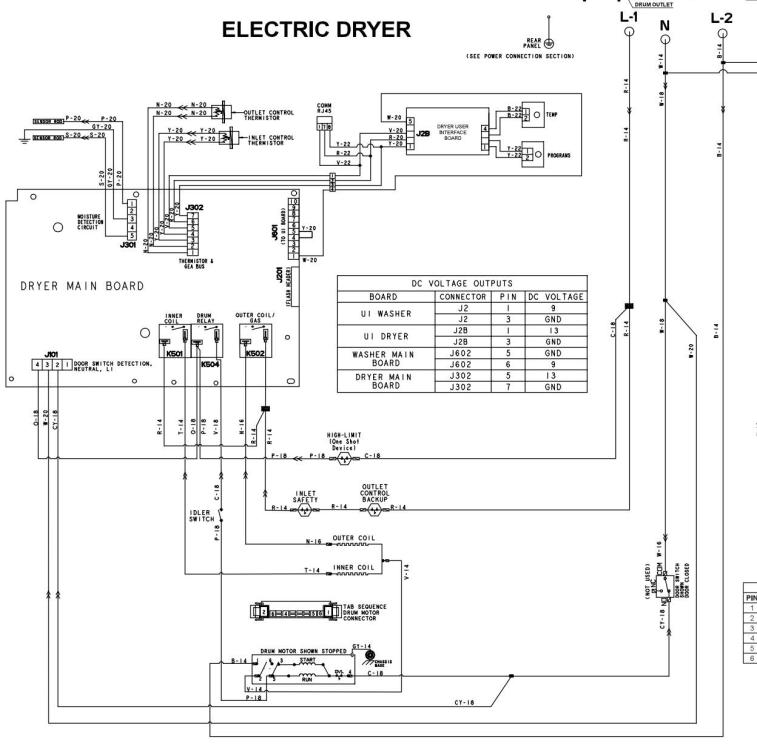
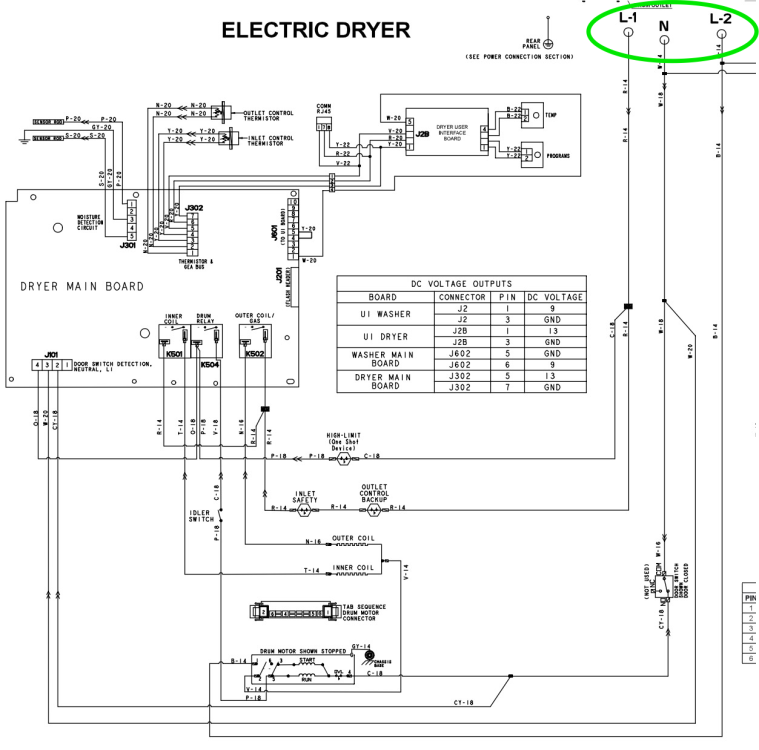
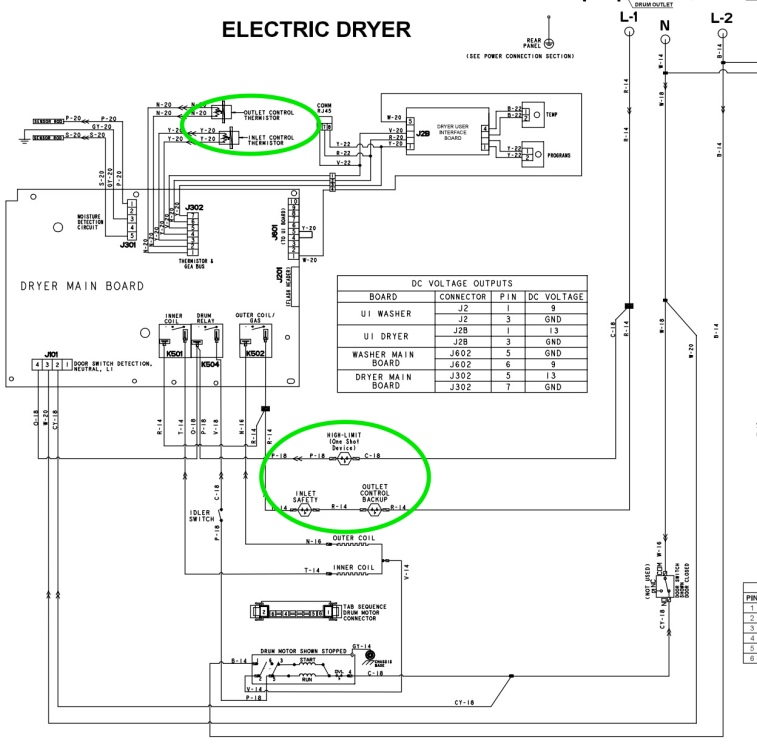
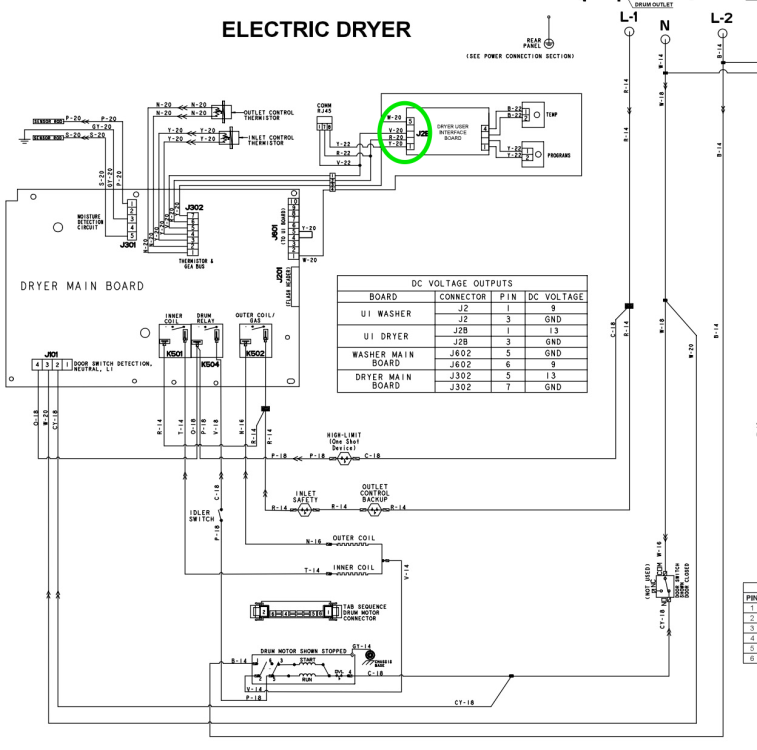
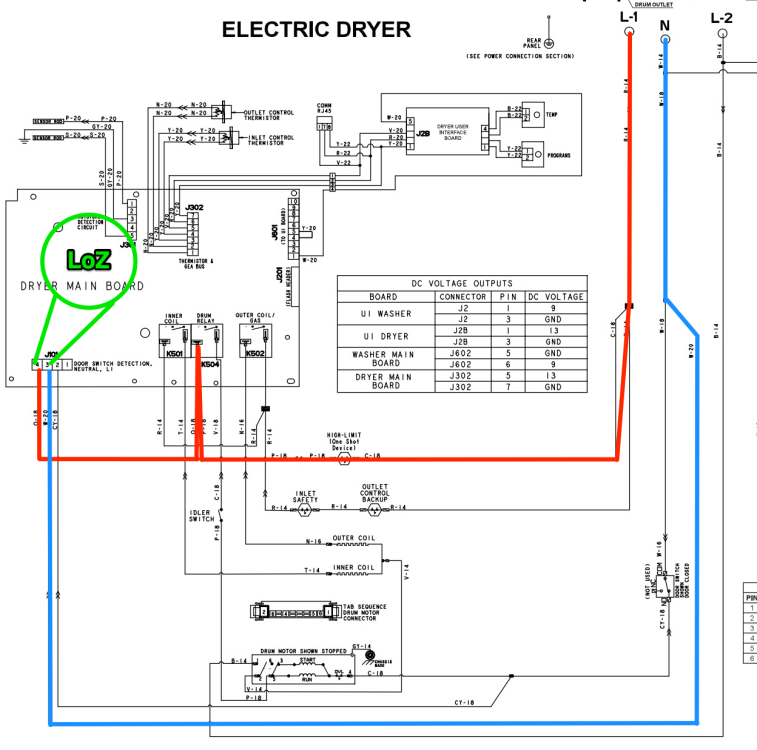
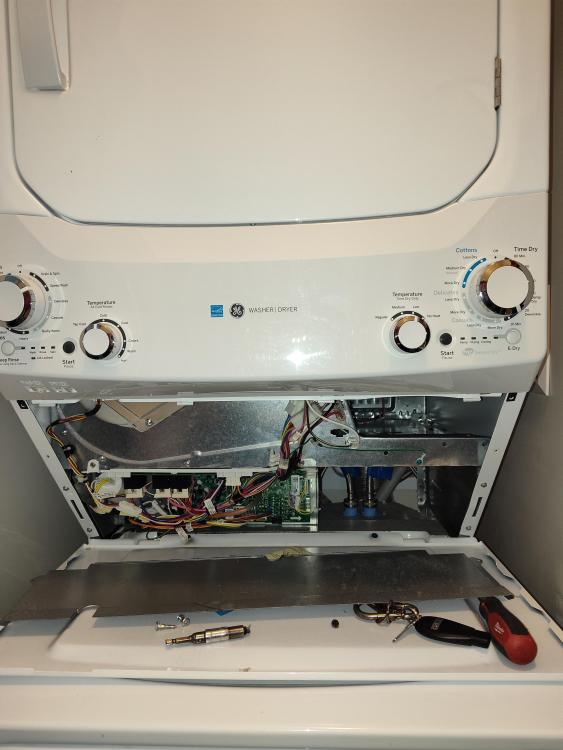
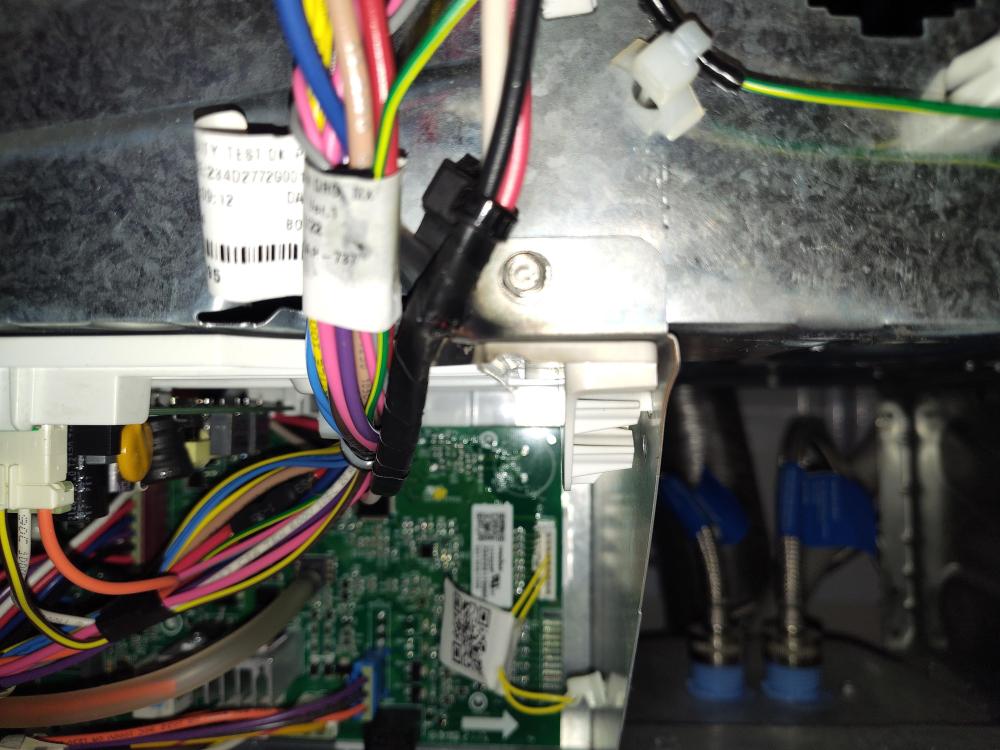
0 Comments
Recommended Comments
There are no comments to display.